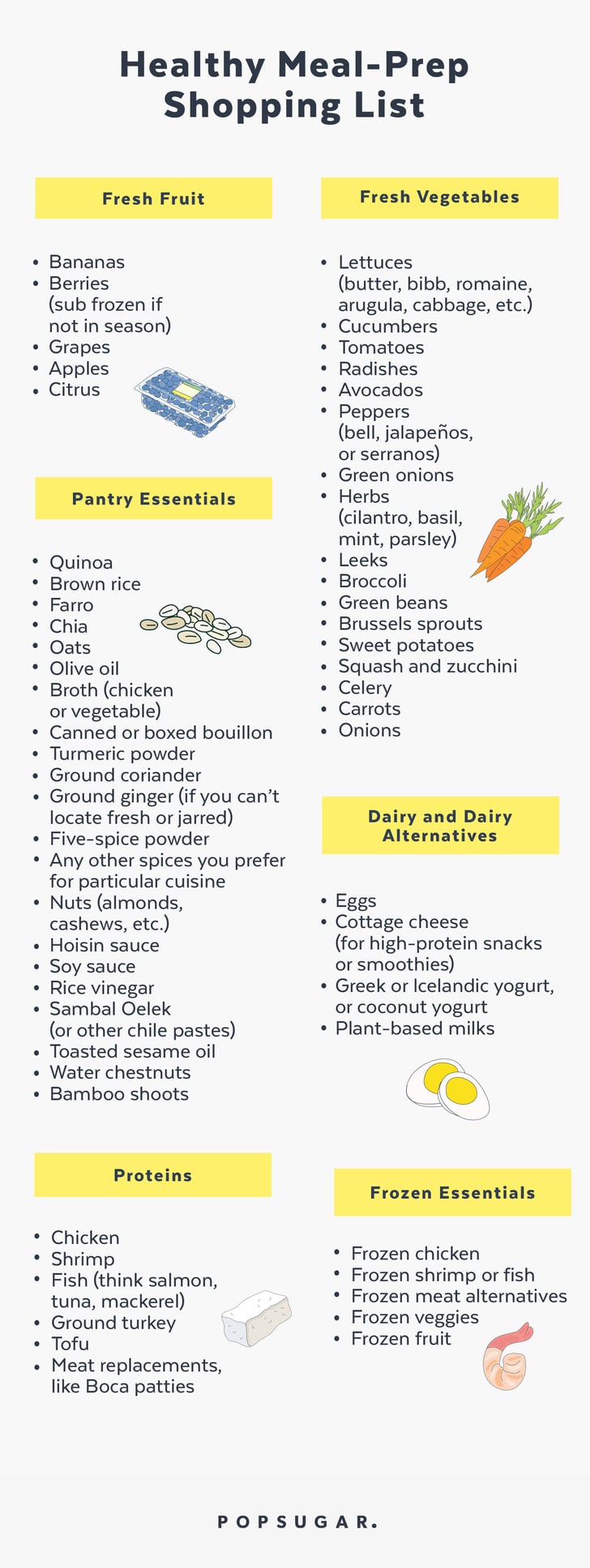

The example “I went to the store” describes where one went. Some examples of these are “at home, with a little help, according to their wishes.” Difference between prepositions and postpositionsĪs mentioned earlier, a preposition is a word connecting an idea or action to a noun. Sometimes called prepositional phrases, phrase prepositions contain the preposition, the object, and the optional object’s modifier (extra details about the object such as “smooth” to describe a table). When you have determined this relationship, you can identify the proper complex preposition much easier. To find the correct complex preposition to use, focus on the relationship between the beginning and the end of the sentence. “In light of the recent traffic reports, the man drove a different way to work.” Other examples are in addition to, on behalf of, in the middle of, or across from.Ĭomplex prepositions are mostly found at the beginning and the middle of a sentence, but rarely at the end. “In light of” is an example of a complex preposition.

Aside from being more than one word, it functions essentially the same as any other preposition. This type of preposition is also referred to as a compound preposition.

When two or more words form a preposition, they are a complex preposition. One common example of a conjunctive preposition is the word “because.” Complex Preposition Traditional grammar may categorize these are subordinating conjunctions instead of conjunctive prepositions. This type of preposition uses a clause as the complement. “He runs” versus “he runs a marathon.” Conjunctive Preposition The argument for intransitive prepositions parallels the use of transitive or intransitive verbs. Traditional grammars believe intransitive prepositions are actually adverbs. For example, “outside” can be used in the following sentence without a complement, “she lived outside.” You could add a complement to this, “She lived outside the city limits,” but it is unnecessary when using it. Intransitive prepositions do not need to use the complement to complete the thought. You cannot write “she lived amongst the wildflowers” without the complement “the wildflowers.” Some traditional grammars believe transitive prepositions are the only true prepositions. For example, the word “amongst” is a transitive preposition.

Transitive PrepositionsĪ transitive preposition always uses a complement with a preposition. The word directly following a preposition is called its complement, and how it relates to the preposition determines what type of preposition you are using.
#List of prepo how to
Types of prepositionsīecause there are so many prepositions, differentiating them helps to understand when and how to use them properly. There are about 150 used with the most common being: above, across, against, along, among, around, at, before, behind, below, beneath, beside, between, by, down, from, in, into, near, of, off, on, to, toward, under, upon, with and within. Prepositions are common in the English language. She parked her bike in front of the school. “In front of” is an example of a short phrase. This standard is not the only option it can also be a longer word, multiple words, or a short phrase. Often a preposition is a short word such as on, in, or to. An example of this is in the sentence, “I went to the store.” “To” connects the location of “store” to where the person went. These connectors customarily tie a noun to an idea. What are prepositions, are there more than one type, and if there are prepositions, are there postpositions? Finally, what can you do to understand prepositions better, especially when studying for an English proficiency test? What are prepositions?Īccording to Merriam-Webster, the technical definition of a preposition is “a word or group of words that is used with a noun, pronoun, or noun phrase to show direction, location, or time, or to introduce an object.” Simply put, prepositions are connector words. Three of these prepositions are in the top ten most commonly used words in the English language: of, to, and in. Most English speaking people recall only a handful of common prepositions, but in reality, there are about 150 different prepositions.


 0 kommentar(er)
0 kommentar(er)
